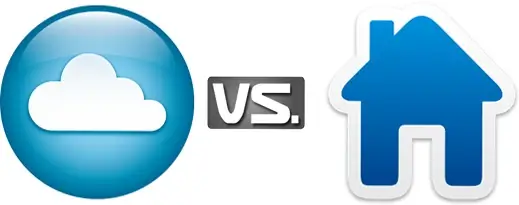
The main difference between SaaS and SaaP is in their delivery and ownership models. SaaS is a cloud-based service where users access software on a subscription basis without owning it, while SAAP involves purchasing software outright, often with a one-time fee, and installing it locally on their devices.
Table of Contents:
Comparing SaaS and SaaP Models
Cost and Financial Considerations
Technical and Operational Differences
Customization and Flexibility
Security, Compliance, and Risk
User Experience and Support
Monitoring Saas and SaaP
Strategic Impact
Case Studies and Practical Examples
Future Outlook
Decision-Making Guidance
Conclusion
Key Takeaways
When it comes to software, businesses often face a big decision: Software as a Service (SaaS) or Software as a Product (SaaP)? Both options have their perks, but which one is best for you? We'll dive into the details to help you make a smart choice.
Comparing SaaS and SaaP Models
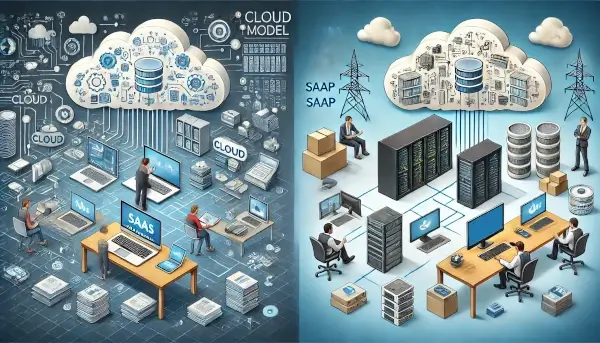
SaaS vs. SaaP: Key Differences
SaaS and SaaP differ in how they're delivered and used. SaaS is cloud-based, meaning you access it via the internet, like streaming a movie. You don't own it—you subscribe. SaaP, on the other hand, is like buying a DVD. You purchase the software, install it on your own servers, and it's yours to keep.
SaaS vs. SaaP: Which is Better for Your Business?
The answer depends on your business needs. SaaS is great if you want quick setup, easy updates, and lower upfront costs. SaaP works better if you need full control, customization and don't mind managing updates yourself.
SaaS vs. SaaP: Adoption Rates in Different Industries
Different industries prefer different models. For example:
- SaaS is popular in retail and education for its flexibility.
- SaaP is common in manufacturing and government sectors that require tight control over data.
Cost and Financial Considerations
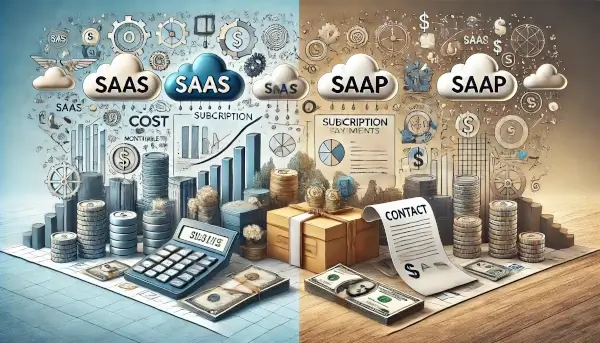
Cost Comparison: SaaS vs. SaaP
Let's talk dollars and cents. SaaS usually involves a monthly or annual fee, like renting an apartment. SaaP involves a one-time purchase, like buying a house. Over time, SaaP might save you money if you use the software for years. But, if you like new features and updates, SaaS might be the better deal.
SaaS vs. SaaP: Total Cost of Ownership (TCO)
Total Cost of Ownership (TCO) includes all the costs associated with software. For SaaS, that's mostly the subscription fee. For SaaP, it's the purchase price plus maintenance, updates, and hardware. SaaS usually has a lower TCO upfront, but SaaP can be cheaper in the long run if you can handle the management.
SaaS vs. SaaP: Long-Term ROI Analysis
The Return on Investment (ROI) differs based on how you use the software. If you want flexibility and regular updates, SaaS offers good ROI. If you prefer control and long-term savings, SaaP can deliver better ROI, especially for businesses with stable needs.
Technical and Operational Differences
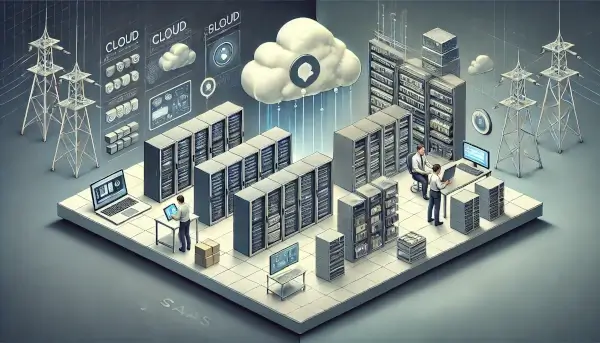
SaaS vs. SaaP: Scalability Differences
Scalability is how easily software can grow with your business. SaaS shines here—it can scale up or down with just a few clicks. SaaP, however, is tied to your hardware. Need more capacity? You'll likely need to buy more servers or licenses.
SaaS vs. SaaP: Deployment Time Comparison
SaaS wins in deployment speed. You can be up and running in minutes. SaaP often requires installation, configuration, and possibly new hardware, this can take weeks or even months. Many companies are turning to nearshore software development teams to streamline SaaS and SaaP implementation. Nearshore developers provide the advantage of close time zone alignment, cultural compatibility, and faster communication, which helps accelerate deployment and customization. By partnering with nearshore software development providers, businesses can build, integrate, and maintain SaaS or SaaP solutions more efficiently, reducing project risks, optimizing costs, and ensuring higher software quality across different markets.
SaaS vs. SaaP: Performance and Reliability
Performance can vary. SaaS relies on your internet connection and the provider's infrastructure. SaaP performance depends on your hardware. If your servers are top-notch, SaaP can be faster and more reliable. But if your hardware is outdated, SaaS might be more stable.
SaaS vs. SaaP: Maintenance and Updates
With SaaS, the provider handles all maintenance and updates. It's like leasing a car—everything's included. SaaP requires you to handle these tasks, like owning a car. You're responsible for oil changes and repairs.
SaaS vs. SaaP: Upgrade Cycles and Management
Upgrade cycles differ, too. SaaS is constantly updated with new features. SaaP might only get updates once or twice a year, and you'll need to install them yourself.
Customization and Flexibility
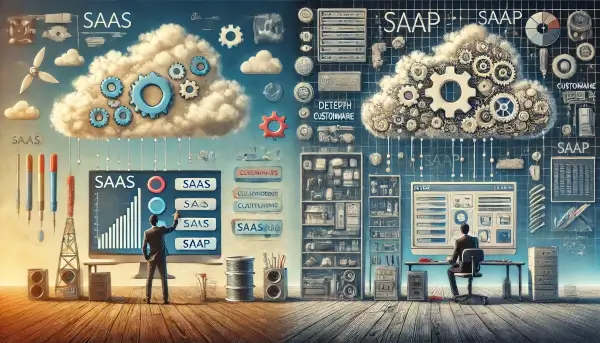
SaaS vs. SaaP: Flexibility and Customization
Customization is key for many businesses. SaaS tends to be less customizable—you get what you get, with minor tweaks. SaaP offers more flexibility, allowing you to tailor the software to your needs.
In some cases, companies turn to nearshore software development in Ukraine, Poland, etc., to supplement in-house teams while still supporting remote-friendly workflows.
SaaS vs. SaaP: Integration with Existing Systems
Integrating software with existing systems is crucial. SaaS is generally easier to integrate, especially with other cloud services. SaaP might require more work, especially when dealing with older systems.
Security, Compliance, and Risk
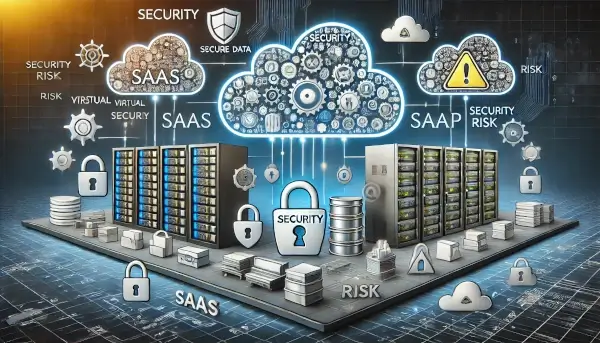
SaaS vs. SaaP: Security Concerns
Security is a big deal. With SaaS, the provider manages security. They handle encryption, firewalls, and backups. But this means you're trusting them with your data. SaaP puts you in control. You manage your own security, which can be a plus if you've got strict requirements.
SaaS vs. SaaP: Data Storage and Privacy
Data storage is another concern. SaaS stores your data in the cloud, which can be a worry if you need to comply with data privacy laws like GDPR. SaaP lets you store data on-site, giving you more control over where and how it's kept.
SaaS vs. SaaP: Compliance and Regulatory Considerations
Compliance is easier with SaaP because you control everything. SaaS providers follow standard regulations, but they might not meet specific needs. If your industry has unique rules, SaaP might be safer.
SaaS vs. SaaP: Vendor Lock-In Risks
Vendor lock-in is when you're stuck with one provider. SaaS can be tricky here—migrating data and switching providers can be challenging. SaaP offers more freedom since you own the software.
User Experience and Support
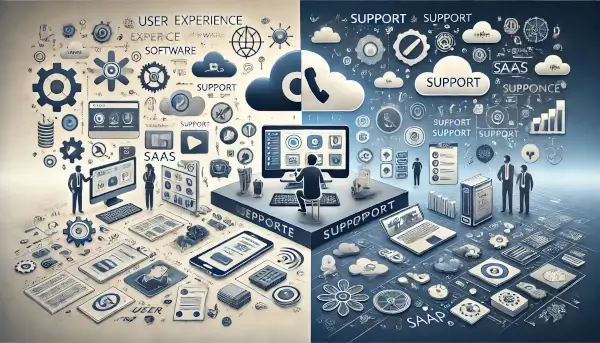
SaaS vs. SaaP: User Experience Differences
User experience can vary. Since SaaS is frequently updated, it often has a modern, easy-to-use interface. However, SaaP might feel outdated over time, especially if updates are slow.
SaaS vs. SaaP: Customer Support Comparison
Support is another factor. SaaS providers usually offer 24/7 support as part of the subscription. With SaaP, support might be limited to business hours, or you might need to pay extra for premium service.
Monitoring Saas and SaaP
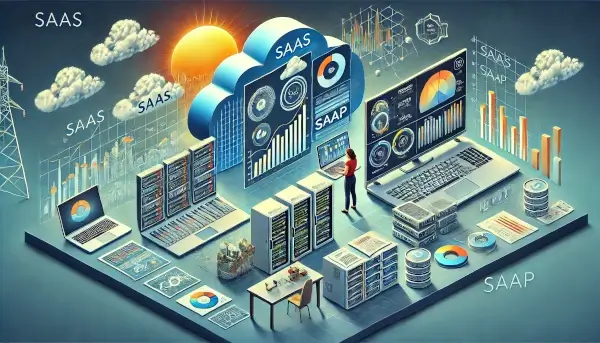
SaaP software requires special tools to be installed for its performance to be monitored if such tools are available at all. For proper SaaP monitoring, the machine the software is installed on must always be on and online.
On the other hand, SaaS being web-based makes it much easier for its performance and availability to be monitored.
Note: We at WebSitePulse have a lot of clients who rely on us to let them know if their SaaS applications are working properly. This is usually done with web transaction monitoring. It simulates a real-user experience and follows a predefined scenario, consisting of several steps to ensure the SaaS solution is 100% operational and available.
SaaS software is becoming increasingly popular, and it seems that the trend will continue in the future because of its scalability, versatility, ease of integration, and monthly billing. However, if you need a more customizable and functional solution, SaaP might be the way to go.
Strategic Impact
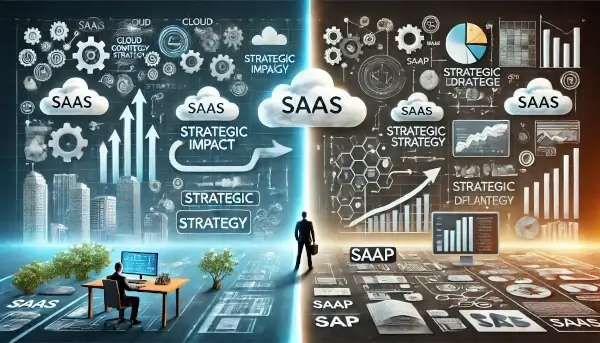
SaaS vs. SaaP: Impact on IT Infrastructure
Your IT infrastructure plays a significant role. SaaS reduces the need for heavy-duty servers and complex setups. SaaP requires robust infrastructure, which could mean higher costs and more maintenance.
SaaS vs. SaaP: Implementation Challenges
Implementation can be a headache. SaaS is typically easier to roll out. SaaP might require extensive training, testing, and customization before being ready.
SaaS vs. SaaP: Business Continuity and Disaster Recovery
For business continuity, SaaS is usually a safer bet. Providers often have disaster recovery plans in place. With SaaP, you're responsible for backups and recovery, which can be challenging and costly.
SaaS vs. SaaP: Impact on Company Culture
Finally, consider how the software affects your company culture. SaaS encourages collaboration with its cloud-based tools. SaaP might limit flexibility, especially for remote work.
Case Studies and Practical Examples
SaaS vs. SaaP: Case Studies and Real-World Examples
Here are some real-world examples:
- Netflix uses SaaS for streaming and customer management. It's flexible and scalable, perfect for their fast-paced environment.
- NASA uses SaaP for mission-critical applications where they need complete control and security.
Future Outlook
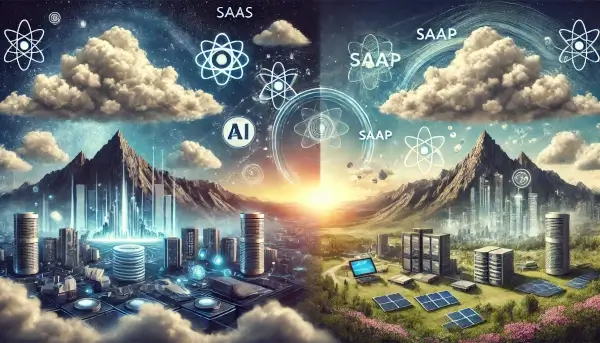
SaaS vs. SaaP: Future Trends and Developments
Looking ahead, SaaS is on the rise, especially as more businesses move to the cloud. SaaP isn't going away, but it's evolving with hybrid models that offer cloud benefits with on-premise control.
Decision-Making Guidance
SaaS Advantages Over SaaP
SaaS shines in:
- Flexibility
- Scalability
- Lower upfront costs
SaaP Benefits vs. SaaS
SaaP is ideal for:
- Customization
- Control
- Long-term savings
SaaS vs. SaaP: Licensing Models Explained
Licensing models differ, too. SaaS uses subscription licenses—pay as you go. SaaP is usually a perpetual license—you pay once and own it forever.
SaaS vs. SaaP: Decision-Making Guide for Startups
SaaS is usually better for startups because of its low upfront cost and easy scalability. However, if your startup needs highly customized solutions, SaaP might be the way to go.
Conclusion
Choosing between SaaS and SaaP isn't easy, but weighing your options carefully is essential. Think about your needs, budget, and long-term goals. Whether you choose SaaS for its flexibility or SaaP for its control, the key is to pick what's right for your business. Ready to take the next step? Start exploring your options today!
Key Takeaways
|
Aspect |
SaaS |
SaaP |
|
Cost |
Subscription-based |
One-time purchase |
|
Scalability |
Highly scalable |
Limited by hardware |
|
Deployment Time |
Quick |
Often lengthy |
|
Security |
Managed by provider |
Managed by organization |
|
Customization |
Limited |
Highly customizable |
|
Maintenance |
Handled by provider |
Requires in-house resources |
|
Long-term ROI |
Varies based on usage |
Varies based on initial cost |
|
User Experience |
Consistent updates |
Potentially outdated |


 Copyright 2000-2025, WebSitePulse. All rights reserved.
Copyright 2000-2025, WebSitePulse. All rights reserved.